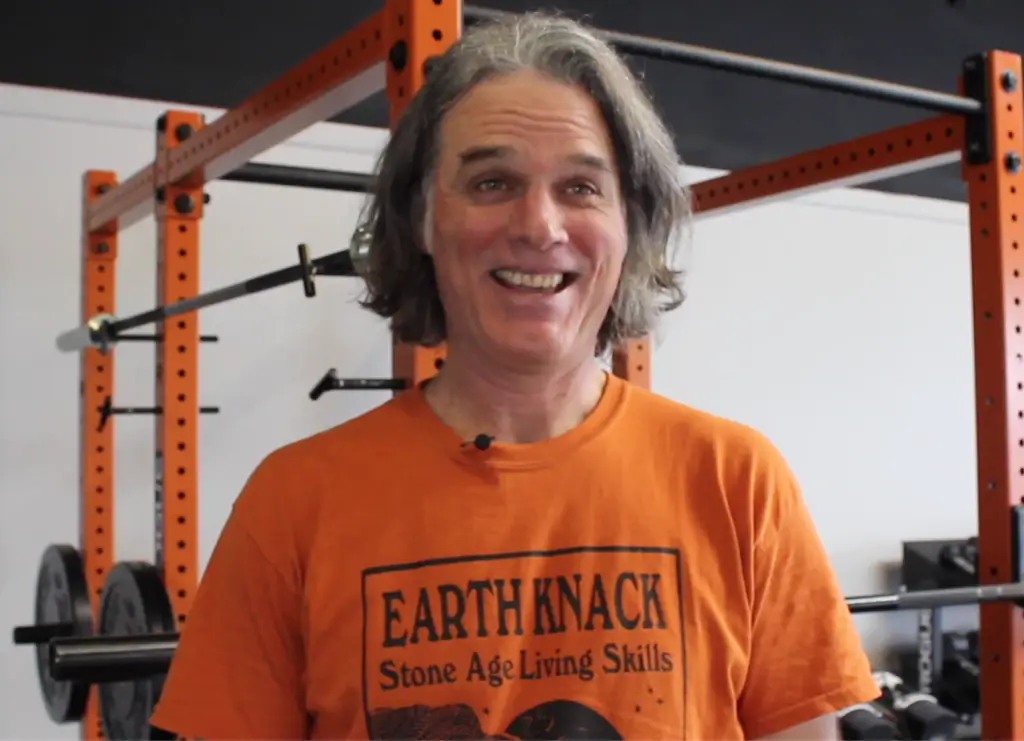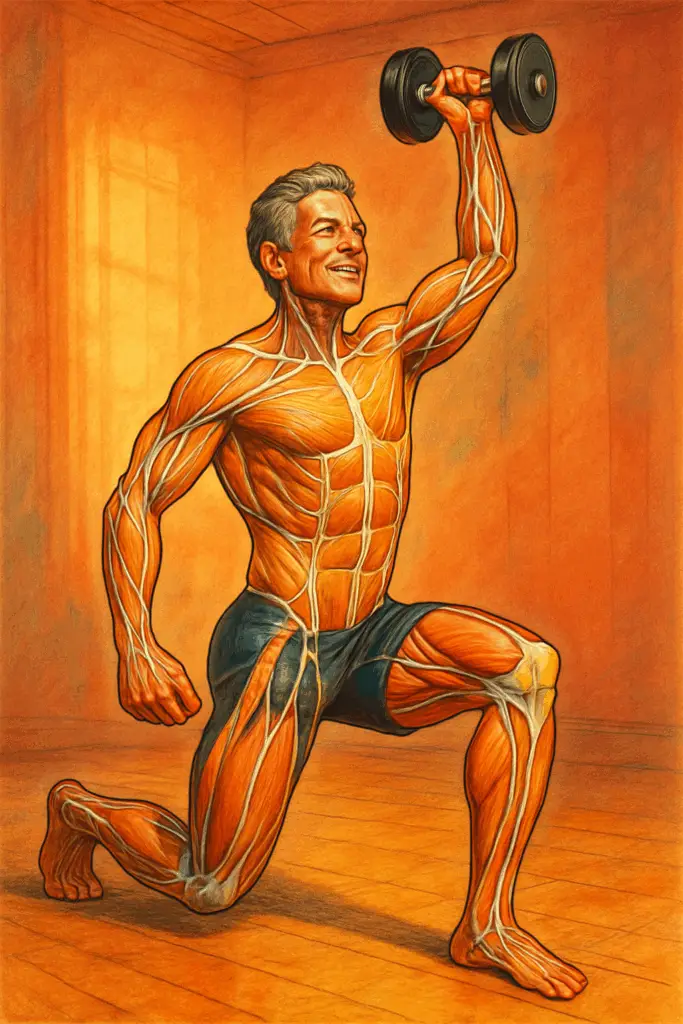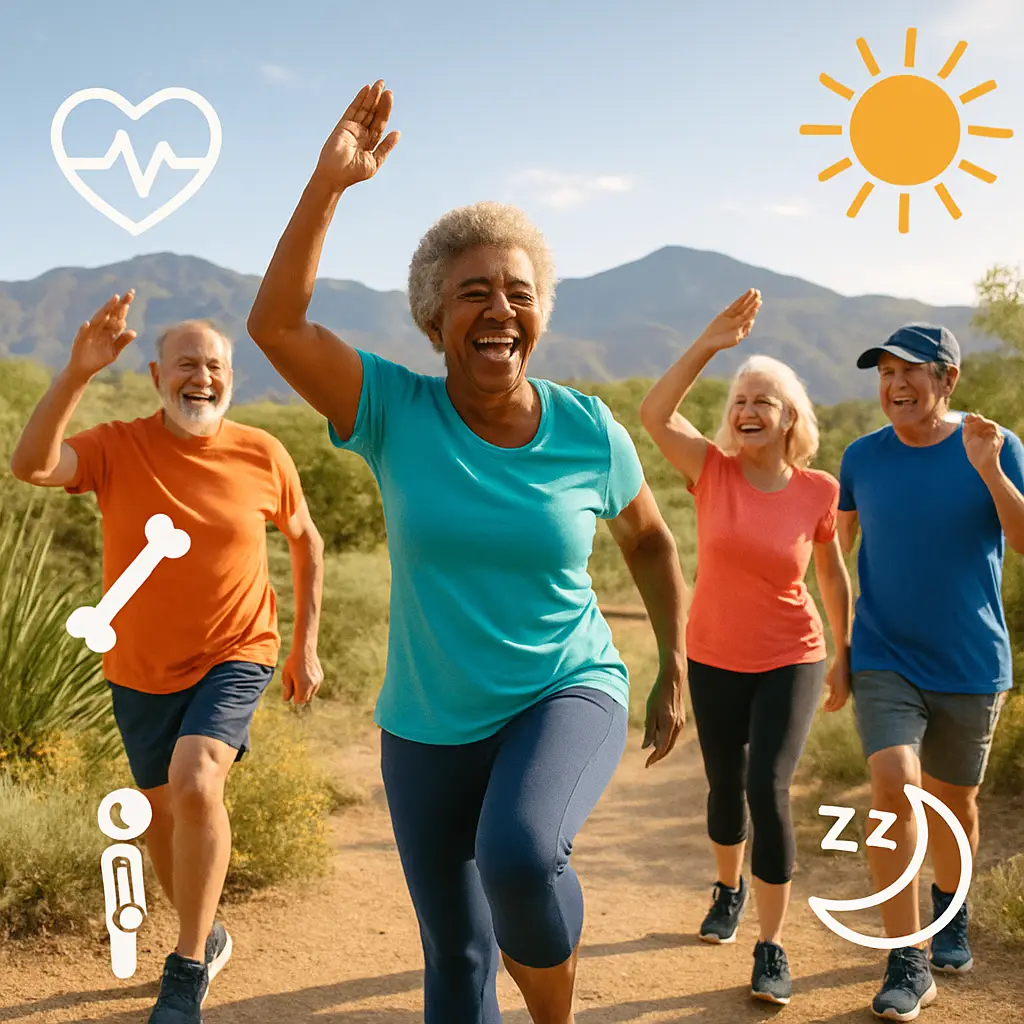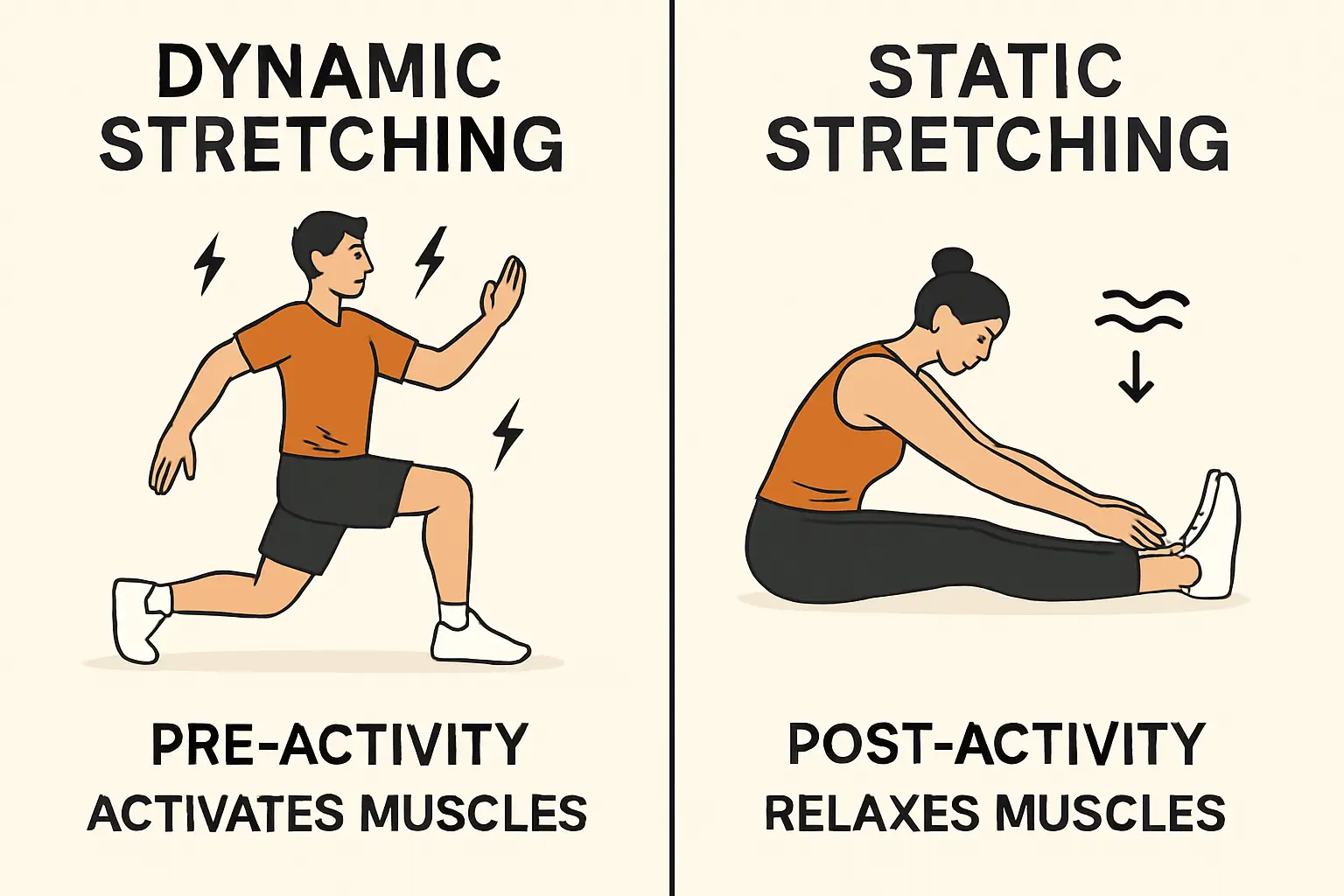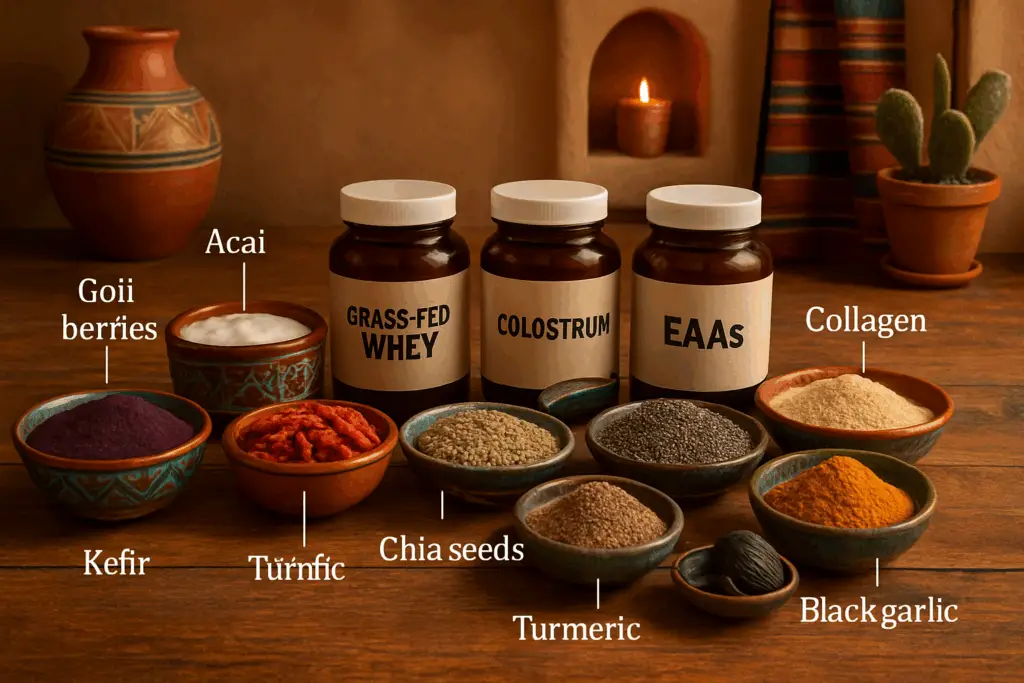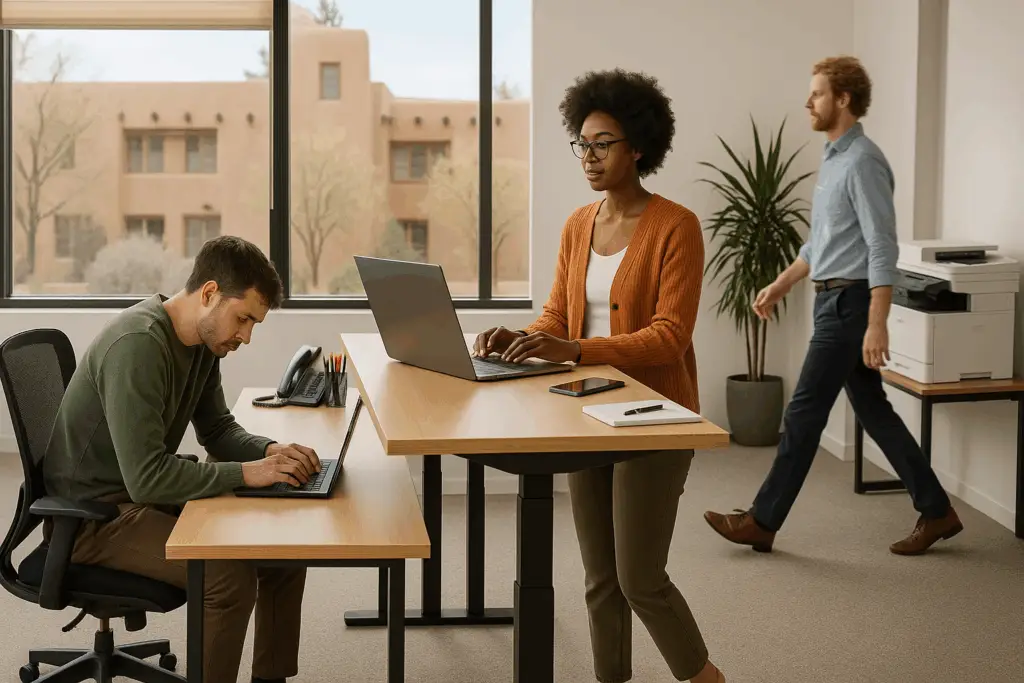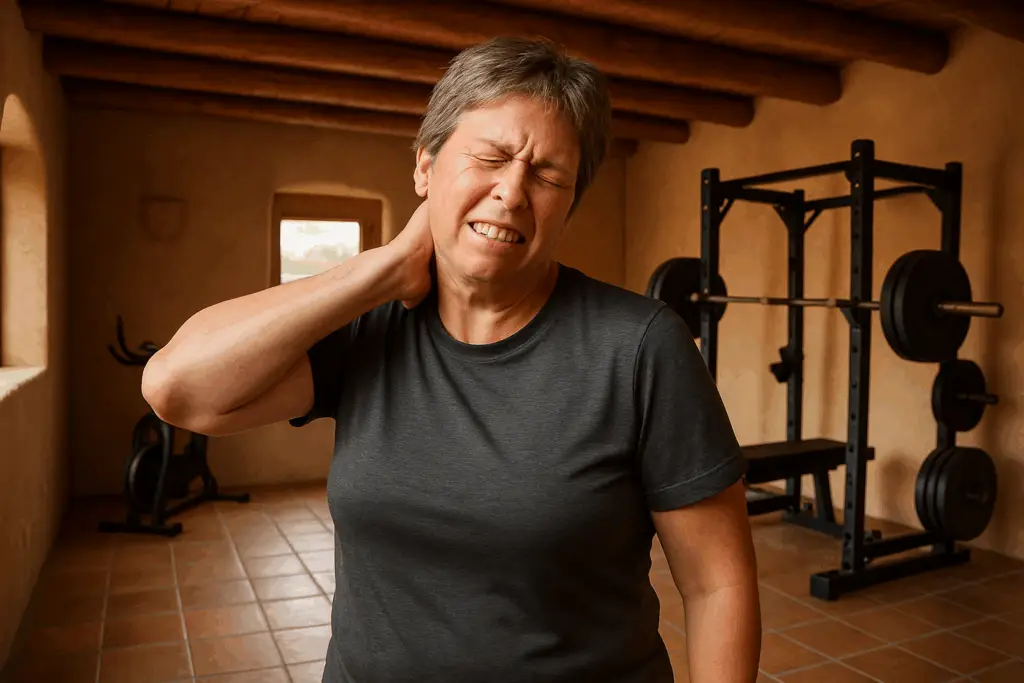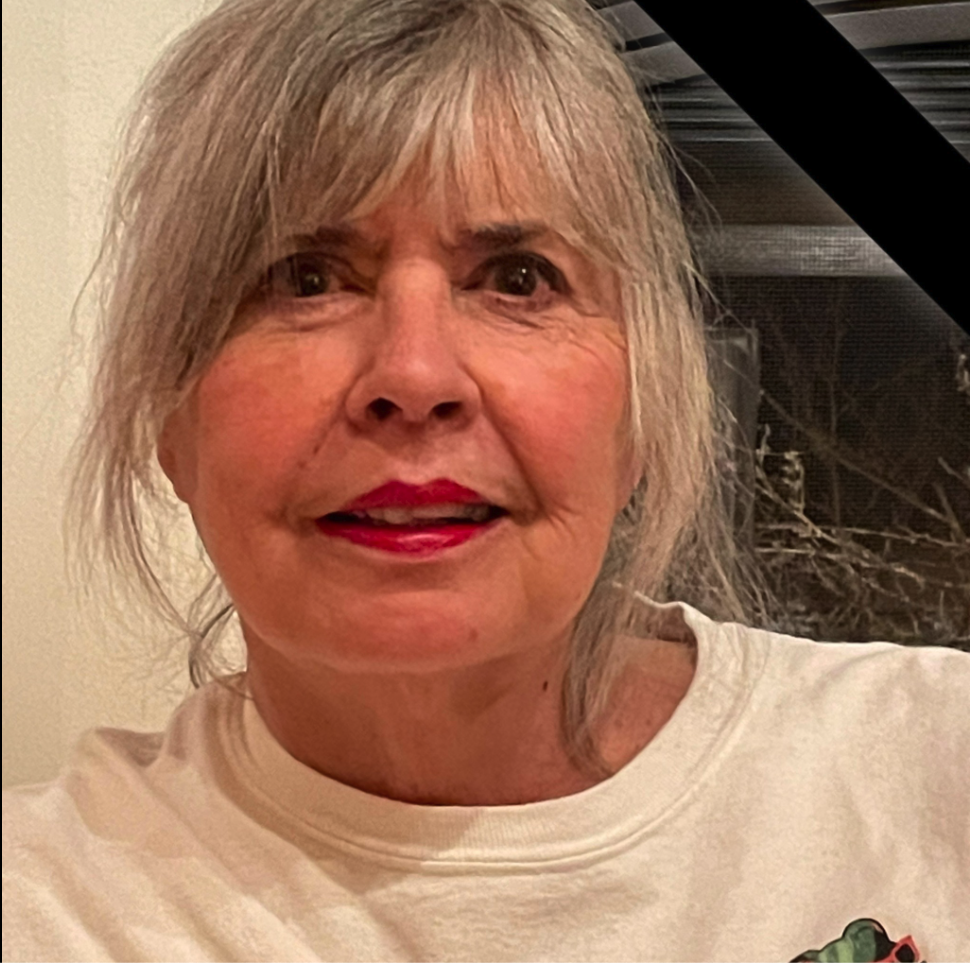Getting “fired up” at the start of a new health or fitness program is fantastic—the initial motivation is like fuel that propels you forward. But as research and experience show, progress comes not from motivation alone, but from consistent, manageable steps and the right approach to goal-setting and progress.
Why Consistency Matters Most
The real challenge comes after the excitement fades. It’s easy to stumble into a dip or plateau, where progress feels slow or invisible. This is where dedication and small habits shine:
- Consistency is the single most important factor in reaching long-term goals. Whether it’s working out a few times a week, stretching daily, or choosing healthier meals, those small steps compound like interest—building real change over time.
- Forget perfection or “all-or-nothing” thinking. Sustainable success comes from showing up, doing what you can, and letting your routine become second nature.
The Mindset Shift: Managing the Struggle
Anything worthwhile requires a little struggle. But struggle is an opportunity—a chance to learn, adapt, and grow stronger.
- A growth mindset lets you view setbacks as learning moments, not failures. Instead of quitting during tough times, persistent habits get you through the low points, keeping you on track for those breakthrough moments.
As the saying goes: It doesn’t get easier; it becomes more manageable.
Progress Is Built, Not Found
You may not see results immediately, and progress can seem frustratingly slow. But each bite-sized step—each workout, healthy choice, or positive act—gets you closer to your goal. Research confirms that habit formation and long-term progress are fueled by discipline, realistic goals, and self-compassion—not motivation alone.
Explore structured programs for consistent, manageable progress:
Personalized Workout Program
Find out more @

